Japan exports rose 19.1% yoy to JPY 7190B in February. That’s the 12th straight month of growth. Auto exports increased 8.3% yoy, rebounding from January’s -1.0% yoy decline. Exports to the US rose 16.0% yoy to JPY 1.3T. Exports to China rose 25.8% yoy to JPY 1.5T.
Imports rose 34.0% yoy to 7858B. That’s the 13th consecutive month of growth. Crude oil imports surged a massive 93.2% yoy to JPY 08.6B, up for the 11th straight months, on the back of Yen’s depreciation and higher oil prices. Trade deficit came in at JPY -668B.
In seasonally adjusted terms, exports dropped -0.5% mom to JPY 7432B. Imports rose 2.7% mom to JPY 8463B. Trade deficit widened to JPY -1031B.




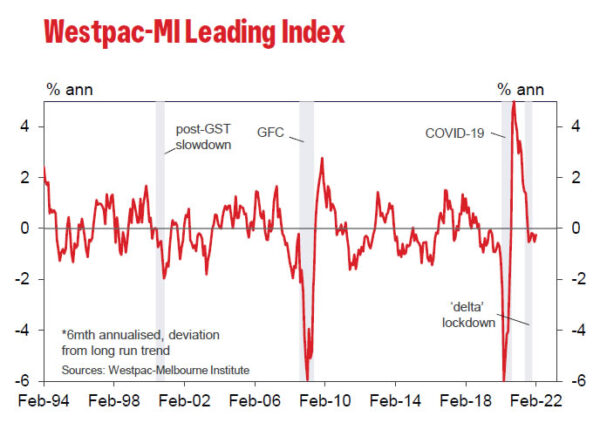
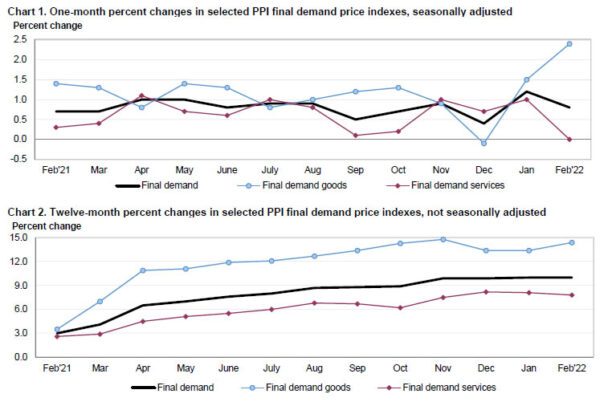
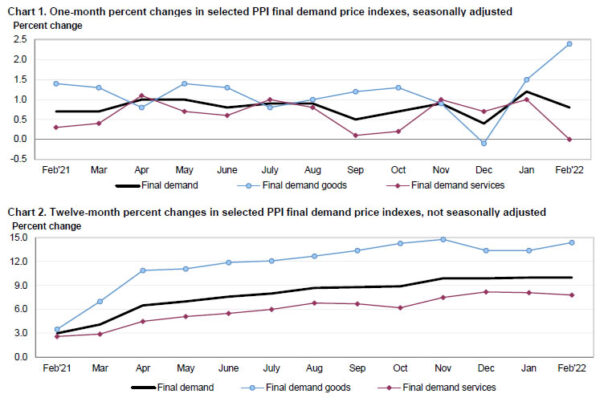
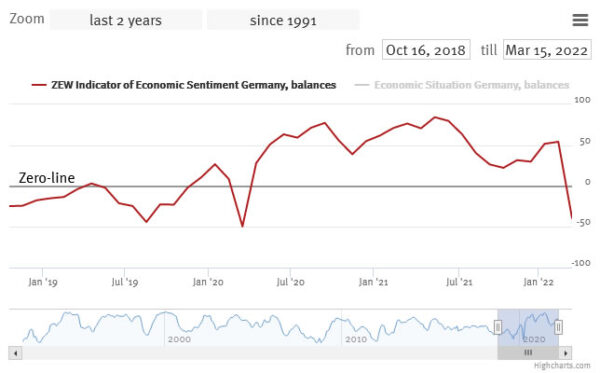
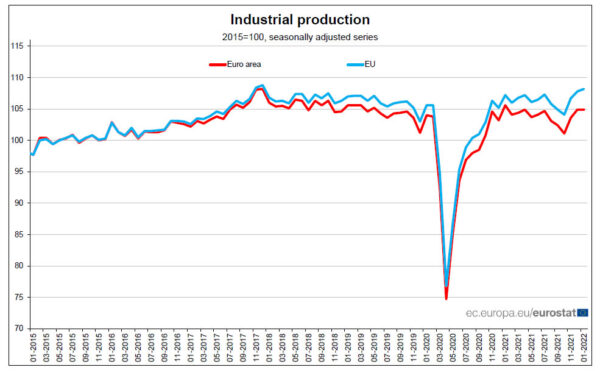
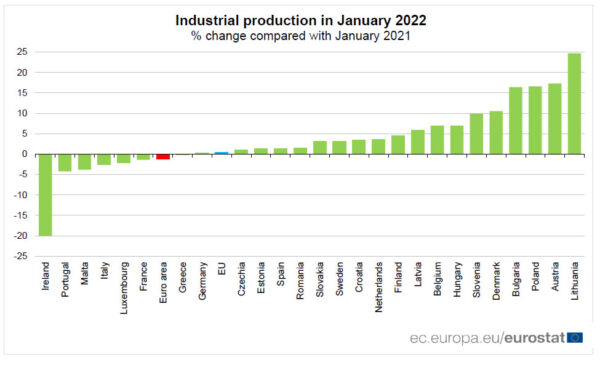
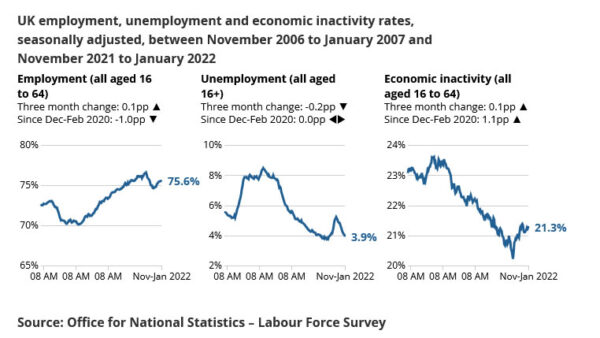
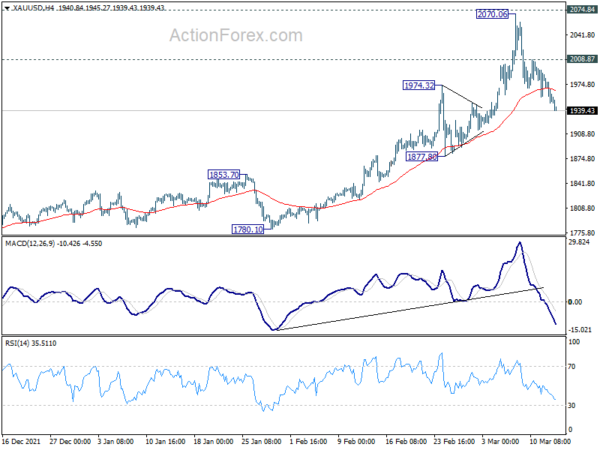
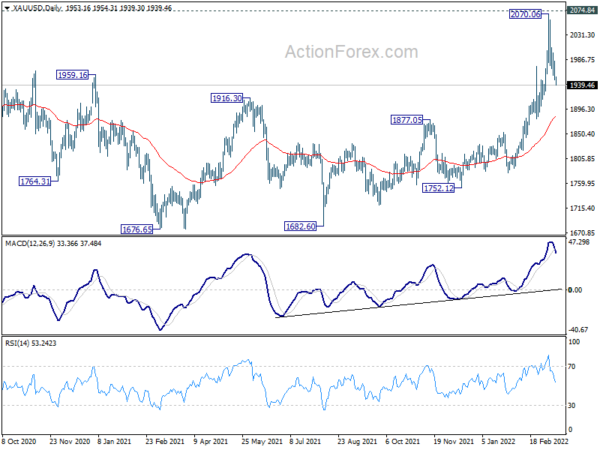
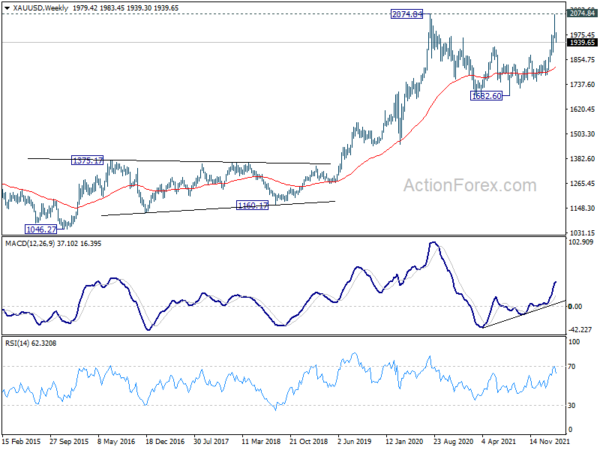
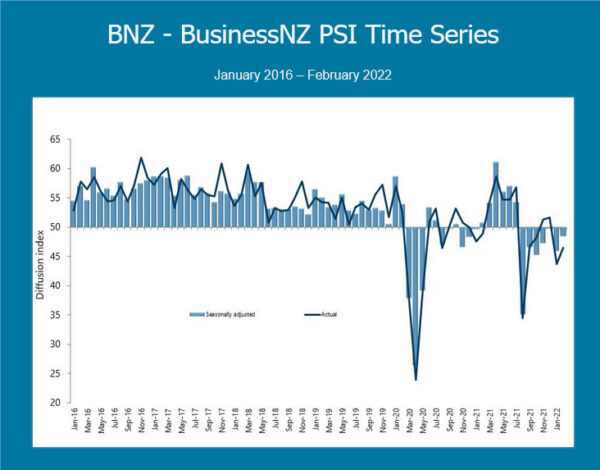
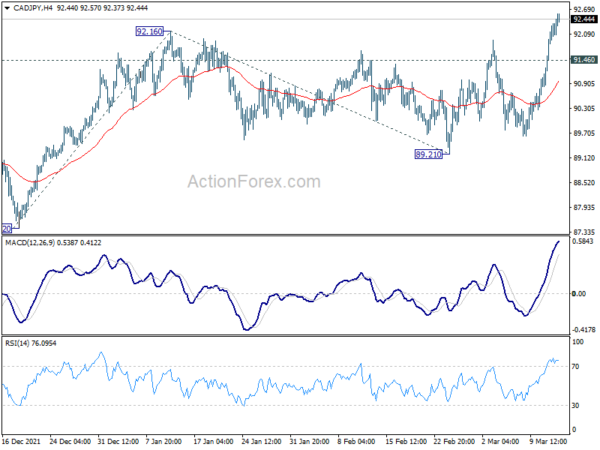
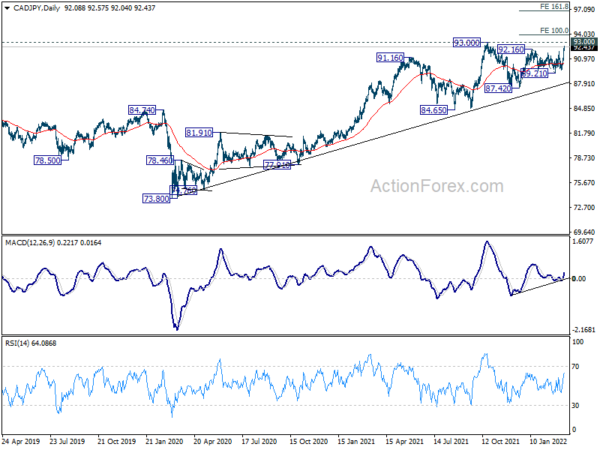
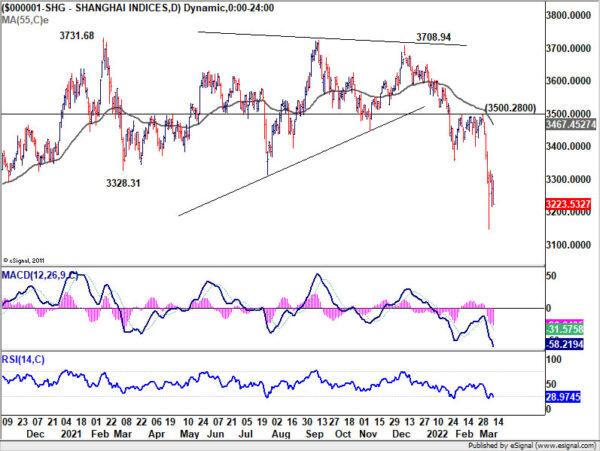
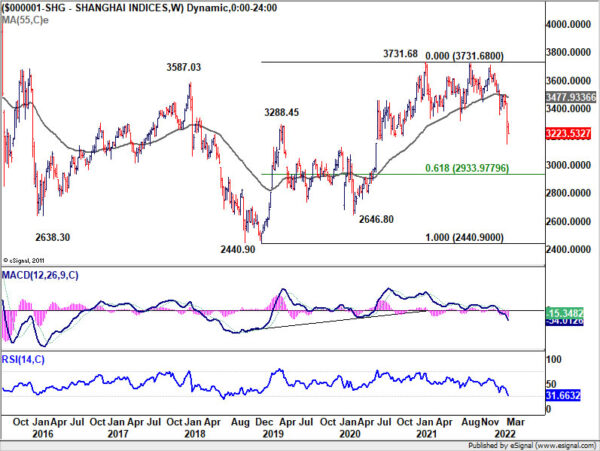
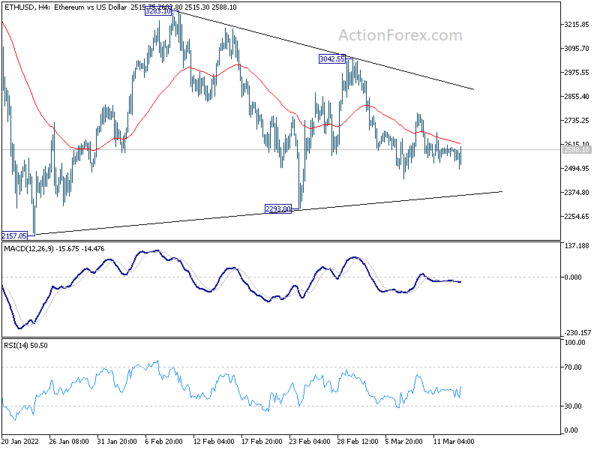
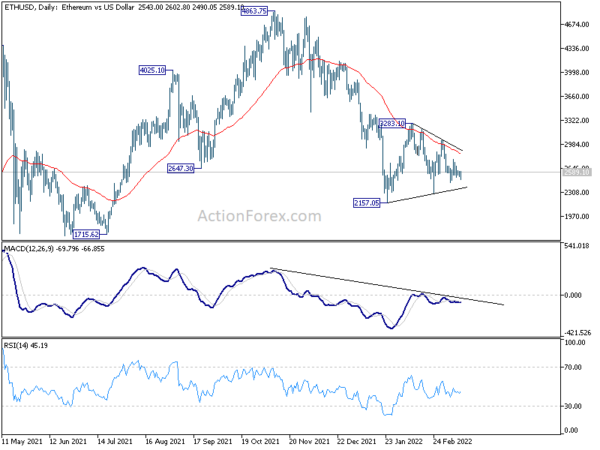
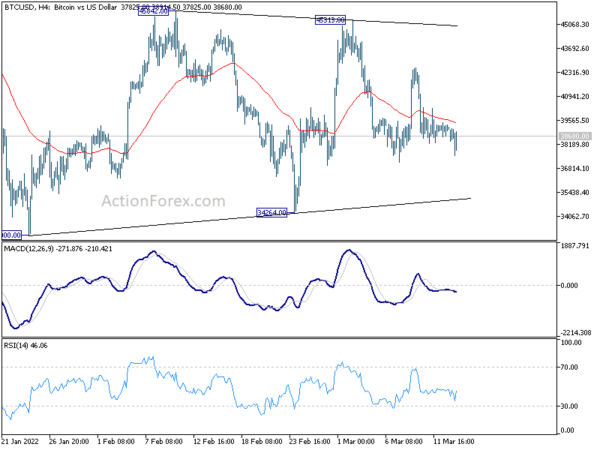
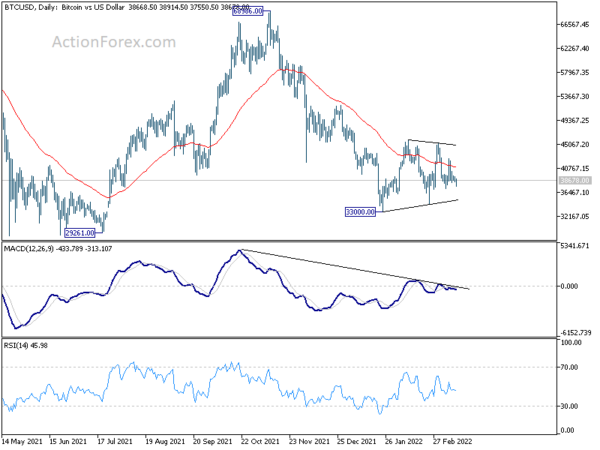
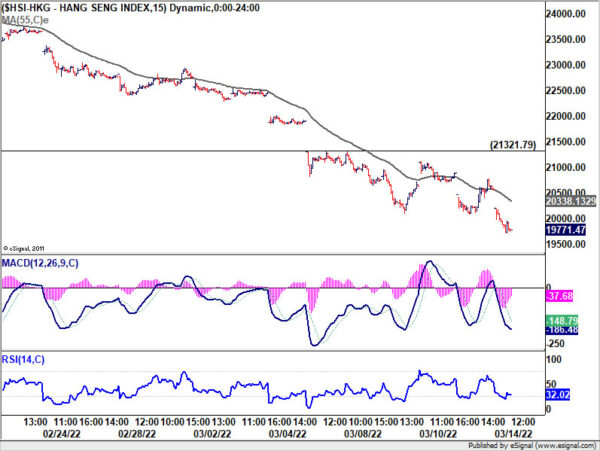
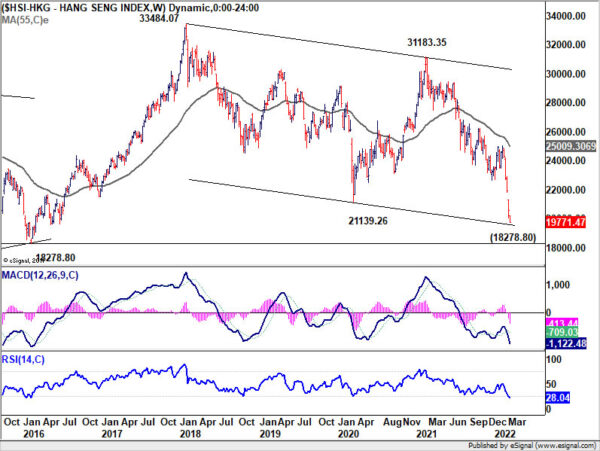
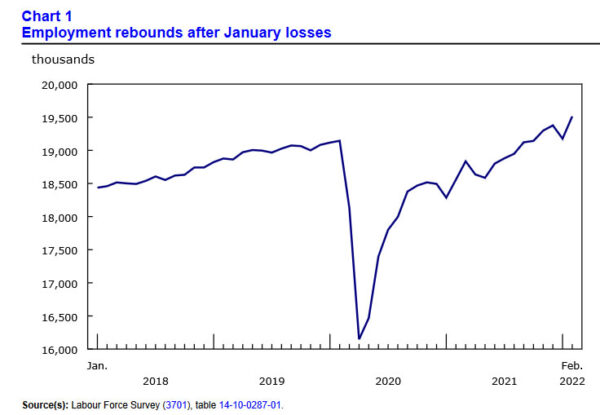
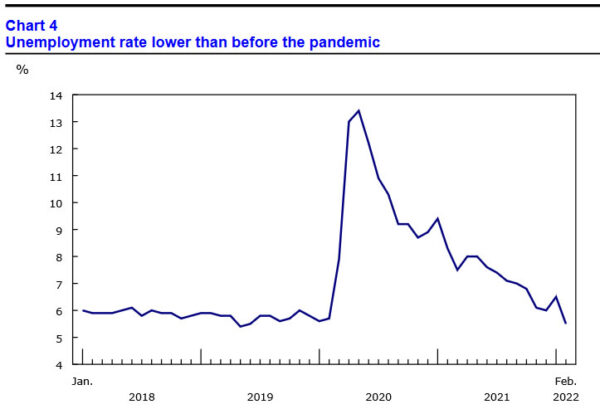

FOMC rate hike and projections awaited, 10-year yield pressing key resistance
Fed is widely expected to raise interest rate for the first time since 2018, lifting the federal funds rate target by just 25bps to 0.25-0.50%. It’s nonetheless the start of a tightening cycle to combat persistently high inflation.
The new economic projections would be the main market moving factor. Given the development since December, it’s likely that FOMC members are now penciling more than just three 25bps rate hike this year. There are three questions to answer. Firstly, where would interest be by the end of the year? Secondly, is FOMC going to “front-load” some of the rate hikes? And thirdly, will the estimated longer run federal funds rate be lifted from the current 2.50%?
US 10-year yield is extending recent up trend this week, and it’s now pressing a important long term resistance zone at 2.159/2.187 (61.8% retracement of 3.248 to 0.398 at 2.159, 61.8% projection of 0.398 to 1.765 to 1.343 at 2.187). This level is expected to hold for a while.
Nevertheless, a strong break there could clear the way to 100% projection at 2.710, probably with some medium term up side acceleration. That, if happens, would be very supportive to USD/JPY and set up further rally back to 125, the level reached only back in 2015.